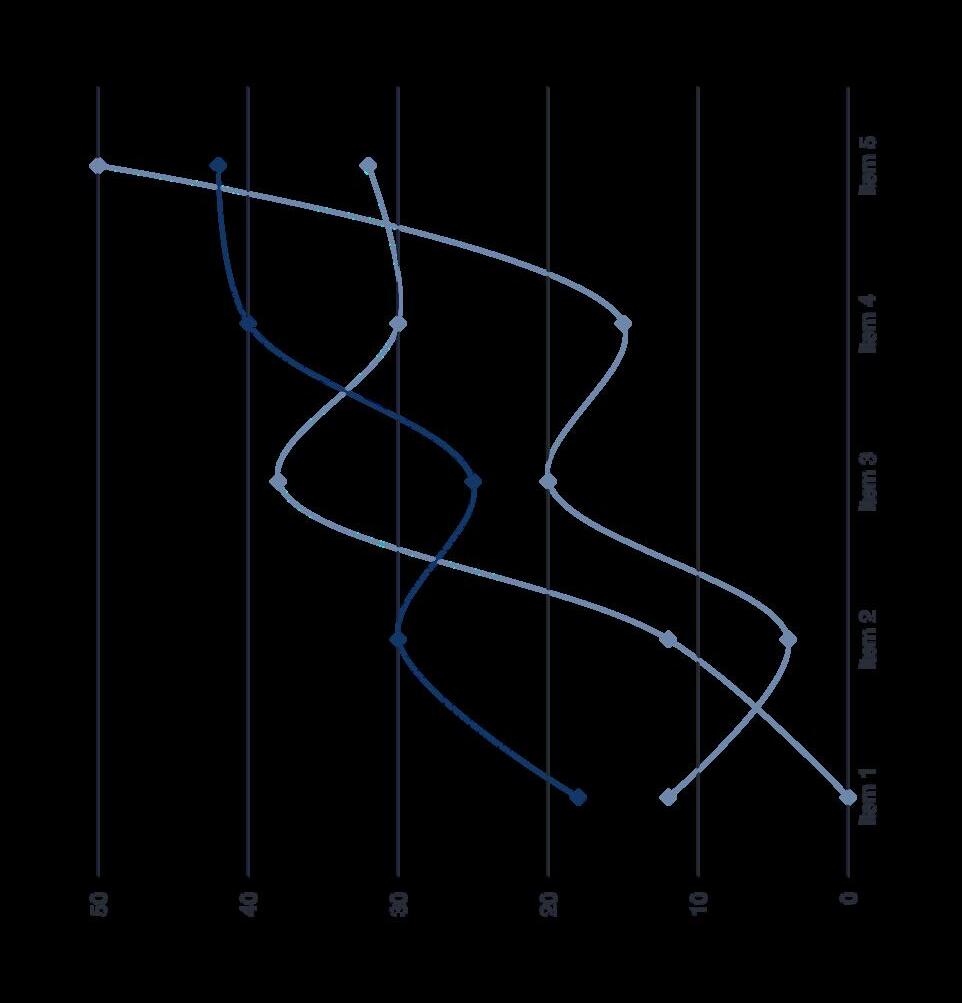












Sodium Phenylbutyrate is available in various formulations tailored to patient needs, with tablets leading due to their portability, precise dosing, and reduced risk of administration errors compared to other forms. This dominance is driven by the increasing preference for oral therapies in chronic treatments for urea cycle disorders, where consistent adherence is essential for maintaining ammonia levels. Granules offer flexibility for pediatric or dysphagia patients, while powder forms provide customizable mixing options but face challenges in stability and palatability. Overall, the type segmentation reflects ongoing innovations in pharmaceutical delivery systems to improve therapeutic outcomes and patient satisfaction. The market is segmented based on type into:







USD 1.98 billion in 2024
2032 USD 3.20 billion by 2031
(CAGR) of 7.3%


Sodium Phenylbutyrate is available in various formulations tailored to patient needs, with tablets leading due to their portability, precise dosing, and reduced risk of administration errors compared to other forms. This dominance is driven by the increasing preference for oral therapies in chronic treatments for urea cycle disorders, where consistent adherence is essential for maintaining ammonia levels. Granules offer flexibility for pediatric or dysphagia patients, while powder forms provide customizable mixing options but face challenges in stability and palatability. Overall, the type segmentation reflects ongoing innovations in pharmaceutical delivery systems to improve therapeutic outcomes and patient satisfaction. The market is segmented based on type into:
Tablets
Granules
Powder






Hospitals represent the primary application area for Sodium Phenylbutyrate, where it is extensively used for inpatient treatment of hyperammonemia episodes, supported by advanced diagnostic and monitoring facilities. Clinics follow with outpatient follow-ups and maintenance therapy, benefiting from telemedicine integrations post-COVID-19. Other applications include home care settings and specialized metabolic centers, underscoring the drug's versatility. This segmentation highlights the shift toward integrated care models, emphasizing early intervention and long-term efficacy in managing rare disorders. The market is segmented based on application into:
Hospital Clinic
Other



Lee's Pharmaceutical
Medunik
Sigmapharm Laboratories
Amgen
Acer Therapeutics
Immedica






https://www.24lifesciences.com



